Shift Towards Patient-Centric Care Models
The transition towards patient-centric care models is reshaping the Healthcare Operational Analytics Market. As healthcare providers focus on improving patient experiences and outcomes, the demand for analytics that support personalized care strategies is on the rise. This shift is evidenced by the increasing investment in technologies that facilitate patient engagement and satisfaction. Market data indicates that organizations prioritizing patient-centric approaches are likely to see a 30% improvement in patient retention rates. Consequently, operational analytics tools that provide insights into patient preferences and behaviors are becoming indispensable. This trend not only enhances care delivery but also drives operational efficiencies, making analytics a vital component of modern healthcare strategies.
Technological Advancements in Data Analytics
Technological advancements are significantly influencing the Healthcare Operational Analytics Market. Innovations in data analytics technologies, such as cloud computing and big data analytics, are enabling healthcare organizations to process and analyze vast datasets more efficiently. These advancements facilitate real-time data analysis, which is crucial for timely decision making in clinical and operational settings. The market for healthcare analytics solutions is projected to grow at a CAGR of 23% over the next five years, driven by these technological innovations. As organizations seek to leverage data for competitive advantage, the adoption of advanced analytics tools is likely to accelerate, thereby transforming operational practices within the healthcare sector.
Rising Demand for Data-Driven Decision Making
The increasing emphasis on data-driven decision making within the Healthcare Operational Analytics Market is a pivotal driver. Healthcare organizations are increasingly recognizing the value of analytics in enhancing operational efficiency and patient outcomes. According to recent estimates, the market for healthcare analytics is projected to reach USD 50 billion by 2026, reflecting a compound annual growth rate of approximately 25%. This surge is largely attributed to the need for actionable insights derived from vast amounts of healthcare data. As healthcare providers strive to improve service delivery and reduce costs, the integration of advanced analytics tools becomes essential. Consequently, the demand for sophisticated operational analytics solutions is likely to escalate, positioning them as a cornerstone of strategic planning in the healthcare sector.
Increased Focus on Cost Reduction and Efficiency
The relentless pursuit of cost reduction and operational efficiency is a primary driver in the Healthcare Operational Analytics Market. Healthcare organizations are under constant pressure to optimize their operations while maintaining high-quality care. Analytics solutions provide insights that help identify inefficiencies and streamline processes, leading to significant cost savings. Recent studies suggest that organizations utilizing operational analytics can reduce operational costs by up to 15%. This focus on efficiency not only enhances financial performance but also improves patient care delivery. As healthcare providers continue to seek ways to balance cost and quality, the role of operational analytics in driving efficiency will likely become increasingly prominent.
Regulatory Compliance and Reporting Requirements
Regulatory compliance remains a critical driver within the Healthcare Operational Analytics Market. Healthcare organizations are subject to a myriad of regulations that necessitate accurate reporting and data management. The implementation of analytics solutions aids in ensuring compliance with standards such as HIPAA and other local regulations. As organizations face increasing scrutiny from regulatory bodies, the need for robust analytics tools to monitor compliance and streamline reporting processes becomes paramount. The market for compliance analytics is expected to grow significantly, with estimates suggesting a potential increase of 20% annually. This growth underscores the importance of operational analytics in navigating the complex regulatory landscape, thereby enhancing organizational accountability and transparency.


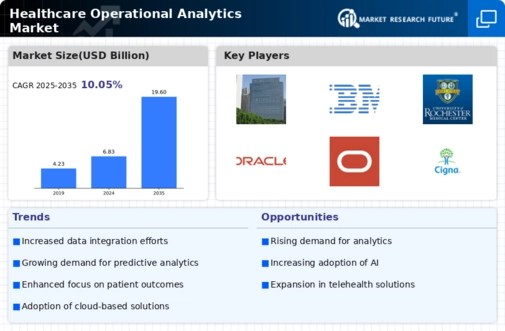

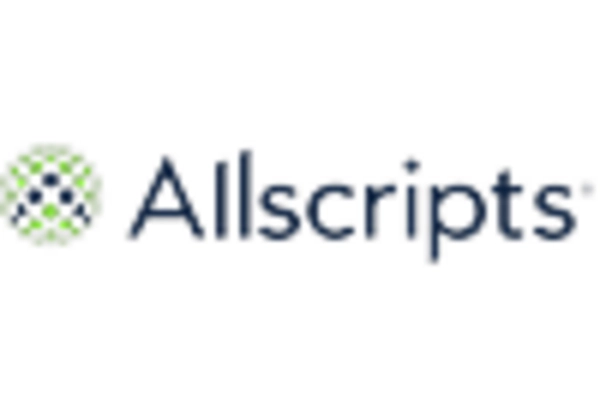
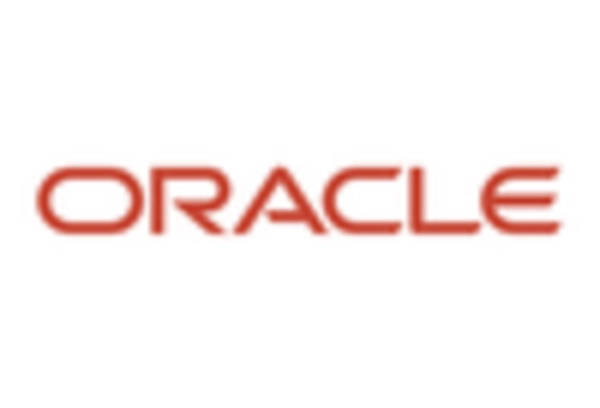

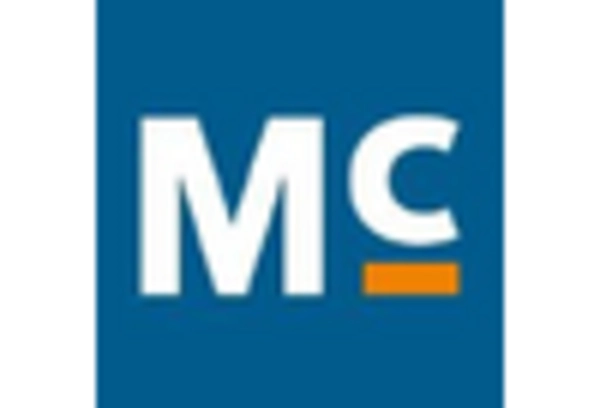
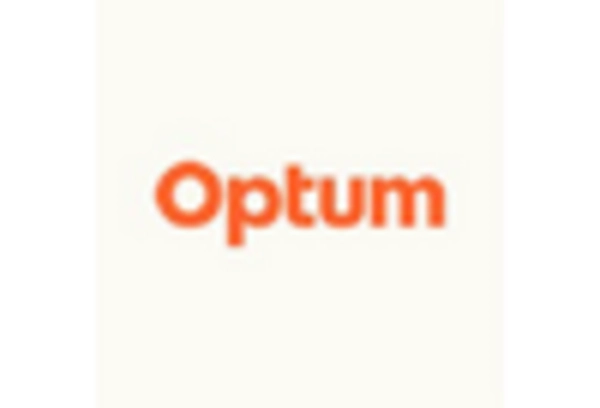









Leave a Comment